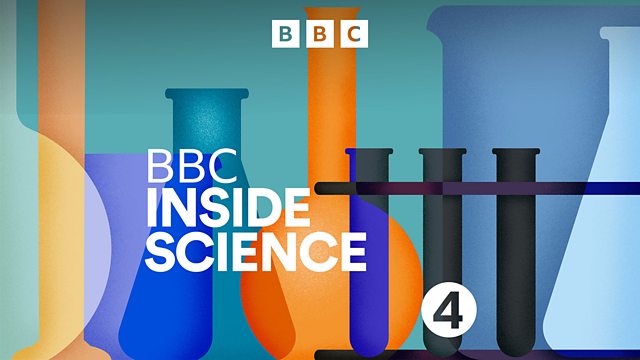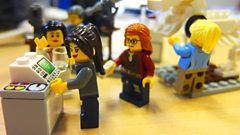TB in the New World; Trusting Wikipedia; Shipwreck of the London; @LegoAcademics
Tuberculosis was not initially brought to the New World by the Conquistadors from Europe, but instead it jumped the species barrier from seals and sea lions to humans.
TB in the New World
Brand new work in comparative genetics is shedding light on the spread of TB. Scientists have shown that the initial spread of the deadly bacterial disease tuberculosis to the Americas didn't come with the European explorers and invaders. Skeletons of pre-Columbian Peruvians have shown signs of TB. So where did it come from? DNA samples collected from the ancient bacteria show they're closely related to the TB strain that infects seals and sea lions. So did the disease pass from humans in Africa to seals on the coast which then crossed the ocean and infected the Peruvians, 1000 years ago?
Truth, Trust and the internet
A recent YouGov poll revealed that the British public trusts the online encyclopaedia Wikipedia more than it trusts the 91热爆. The internet has revolutionised how we receive information and check references. But how much should we trust online facts? Adam talks to Carl Miller, from the Centre for Analysis of Social Media at think-tank Demos, about how Wikipedia entries are created and regulated. And he asks him whether the democratisation of facts - created by crowd-sourced opinion rather than individual experts - is something we should welcome?
Shipwreck of the London
The London was a 64-gun second-rate ship of the line of the English Royal Navy, launched in June 1656 and commanded by Captain John Lawson. The ship was accidentally blown up in 1665 and sank in the Thames Estuary. The wreck was rediscovered in 2008, and is considered important partly for its historical references and partly for its insight into an important period in British naval history. English Heritage and Cotswold Archaeology are examining the remains in the murky Thames estuary before they decide what to do next. Although the wreck could be at risk from increasingly acidified water and invasive shipworm, it's thought unlikely that they will raise the ship, due to a lack of museum space.
Lego Academics
Campaigns for better female scientist role-models are not new. But what is new and welcome is when industry and society listens. Plastic toy brick manufacturer, Lego, has recently come up with a new set called the 'Research Institute' and it consists of lab kit and three female scientists - a palaeontologist, an astronomer and a chemist. Real life scientist and archaeologist Donna Yates, from the University of Glasgow, has gained thousands of Twitter followers after posting photographs reflecting the daily frustrations of academic life using the Lego figures. She arranges them in academic scenarios and posts her pics to the @LegoAcademics account. It's fun and full of in-jokes, but it gives great insight into some of the real issues scientists, and in particular, female scientists face. A Lego version of Adam Rutherford conducts the interview.
Producer: Fiona Roberts.
Last on
Broadcasts
- Thu 21 Aug 2014 16:3091热爆 Radio 4
- Thu 21 Aug 2014 21:0091热爆 Radio 4
Explore further with The Open University
Discover more fascinating science content with The Open University
Podcast
-
![]()
91热爆 Inside Science
A weekly programme looking at the science that's changing our world.



